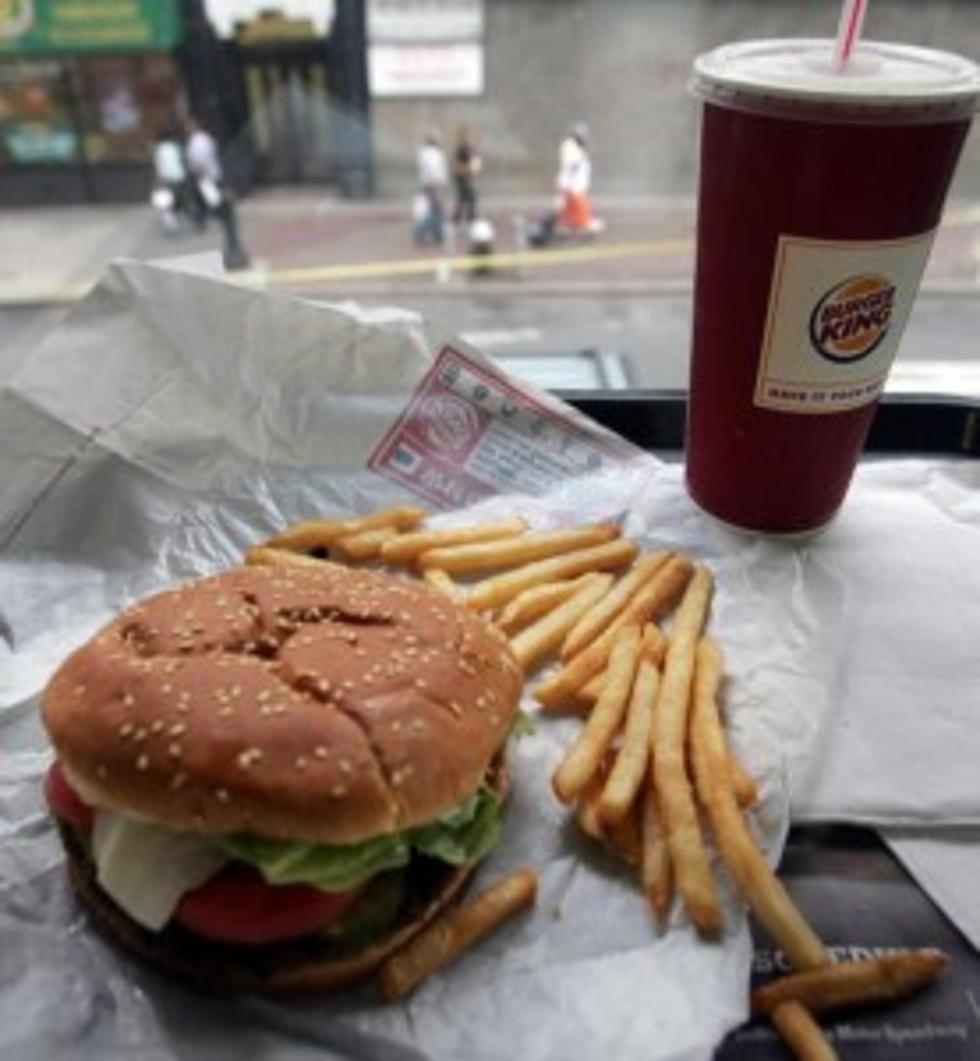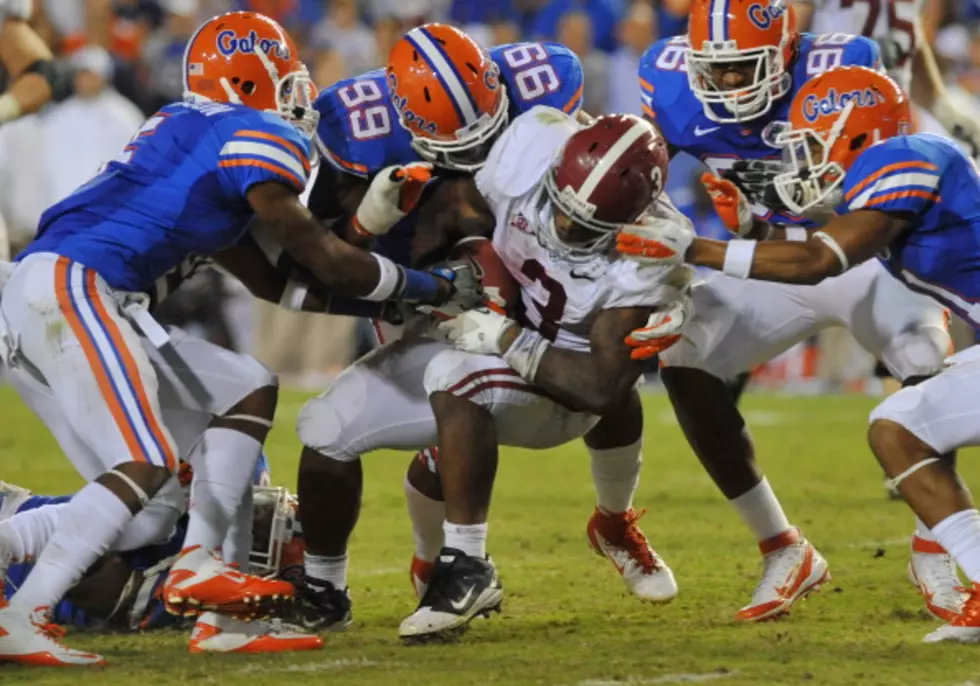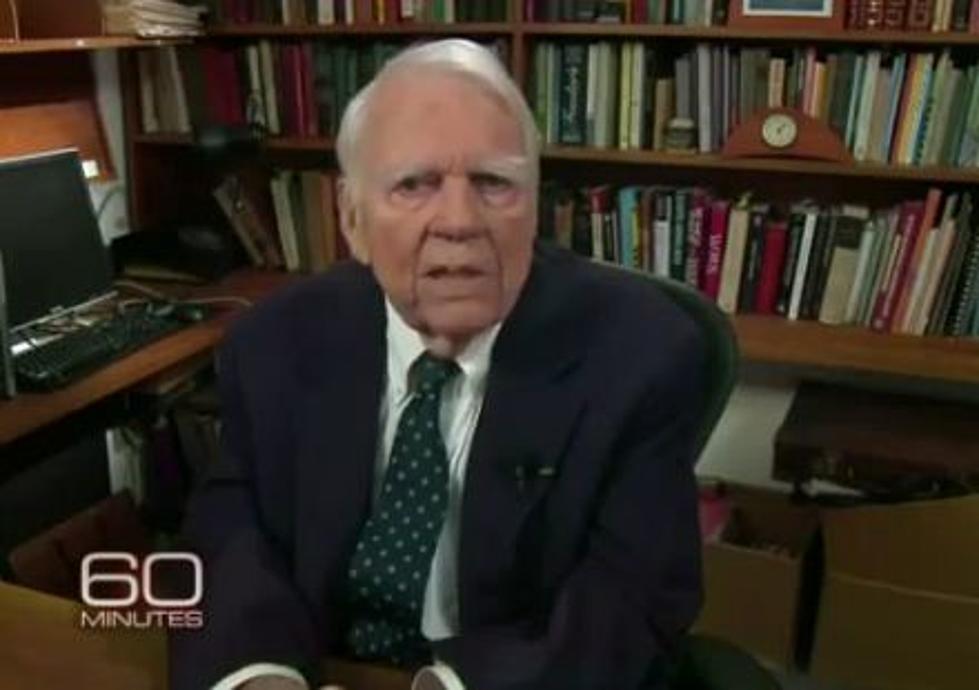
Salads Are Nice, But Burgers Are What Really Sell
It's my opinion that most Americans really want to eat better, the problem is what's good for you doesn't taste nearly as good as what's not so good for you. Give me a salad that tastes like a burger, and I'll buy it.
Americans talk skinny but eat fat.
No matter that First Lady Michelle Obama has been on a crusade for a year and a half to slim down the country. Never mind that some restaurants have started listing calories on their menus. Forget even that we keep saying we want to eat healthy. When Americans eat out, we order burgers and fries anyway.
In a country where more than two-thirds of the population is overweight or obese, food choices are often made on impulse, not intellect. So, while 47 percent of Americans say they'd like restaurants to offer healthier items like salads and baked potatoes, only 23 percent tend to order those foods, according to a survey last year by food research firm Technomic.
That explains the popularity of KFC's Double Down, a sandwich of bacon and cheese slapped between two slabs of fried chicken. It's the reason IHOP offers a Simple & Fit menu with yogurt and fruit bowls, but its top seller remains a 1,180-calorie breakfast sampler of eggs, bacon, sausage, ham, hash browns and pancakes. It's also why only 11 percent of parents ordered apple slices as an alternative to fries in McDonald's Happy Meals.
The mixed message hasn't stopped many restaurants from offering healthier fare. After all, the government has stepped up its oversight — and influence — over the industry that it blames for America's expanding waistline. National rules about putting calorie information on menus are expected to take effect next year and Mrs. Obama touts restaurants and companies that slash calories in foods.
But revamping a menu can be difficult and expensive, requiring months or even years. It took Dunkin' Donuts four years to figure out how to make its doughnuts without trans fat — which doctors say is one of the unhealthiest types of fat — without altering the taste. And efforts to curb unhealthy eating aren't always fruitful. In 2009, a year after New York made chains start listing calories on menus, only 15 percent of diners ordered lower-calorie foods, according to a study in the British Medical Journal.
More From KOOL 101.7







![Deaf Woman Hearing Her Own Voice For First Time Will Break Your Heart [VIDEO]](http://townsquare.media/site/163/files/2011/09/deaf-woman-hears-for-first-time.jpg?w=980&q=75)

